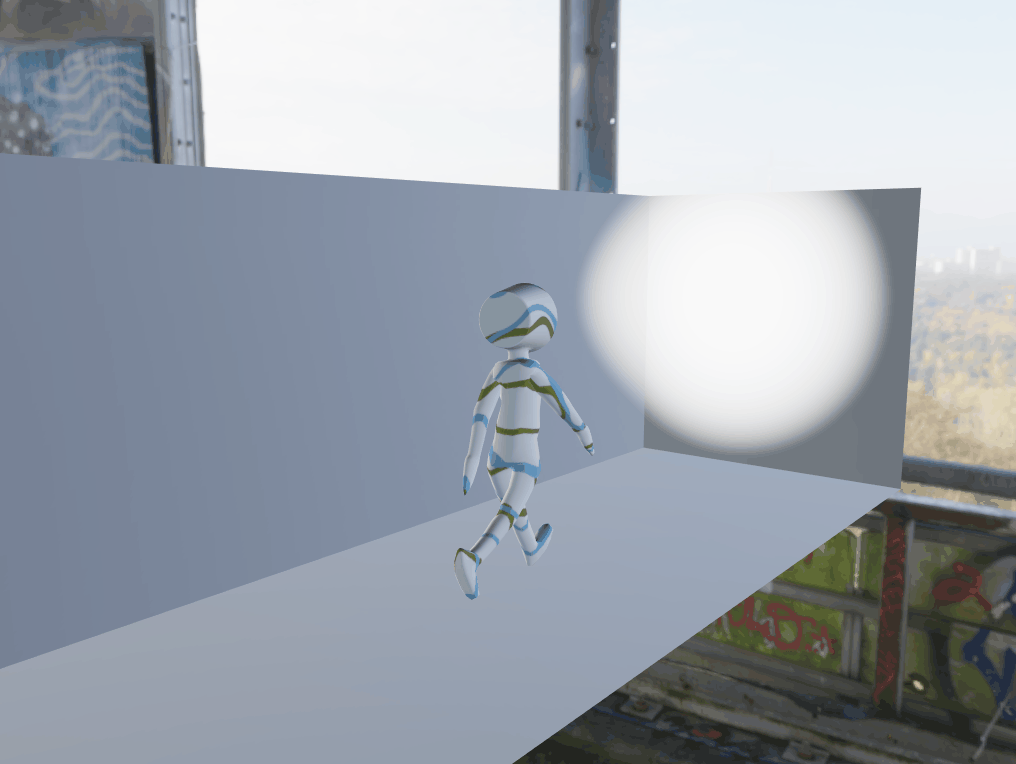This project is a glTF 2.0 viewer written in Rust. Rendering is done using the Vulkan API using Ash. It runs on Window, Linux and MacOS.
- Mesh vertices, normals, colors and two uv channels
- Tangents generation
- Material
- Base color factor and texture
- Metallic/Roughness factors and textures
- Emissive factor and texture
- Ambient occlusion
- Normal maps
- Alpha
- Opaque
- Mask
- Blend
- Double sided surfaces
- IBL
- Animations
- Node animation
- Skinning
- Interpolation
- Step
- Linear
- Cubicspline
- Extensions
- KHR_lights_punctual
- KHR_materials_unlit
- KHR_materials_pbrSpecularGlossiness
- KHR_materials_emissive_strength
- KHR_materials_clearcoat
- KHR_texture_transform
- KHR_materials_ior
- KHR_draco_mesh_compression
- Camera controls
- Orbital
- First Person
- Drag and drop
- Background loading
- Post processing
- Gamma correction
- Tone mapping
- Ambient occlusion
- Bloom
- Depth of field
- egui integration
- Model description
- Animation controller
- Camera details
- Renderer settings
- HDR display
- Allow enabling HDR (if supported by the device)
- Add HDR specific tonemapping
- Vulkan 1.0
- VK_KHR_dynamic_rendering
You can check your Vulkan feature set using Sascha Willems' Vulkan Caps Viewer
- 'H' to toggle UI
Orbital camera:
- Left click and move to rotate camera around origin
- Right click and move to move camera
- Mouse wheel to un/zoom
FPS camera:
- WASD to move
- Left Ctrl to go down
- Space to go up
- Left click to rotate
cargo buildBy default, building the project will trigger shader compilation for all shaders in ./assets/shaders.
You can either skip this step altogether by setting the environnement variable SKIP_SHADER_COMPILATION
to true, or you can change the default by setting SHADERS_DIR. Compiled shaders will be generated at
the same location as the shader source, with the same name suffixed by .spv.
To compile the shaders you'll need to have
glslangValidatoron your PATH.
Just type the following command and drag and drop and gltf/glb file in the window.
RUST_LOG=gltf_viewer_rs=warn cargo runYou can provide a yaml configuration file with --config (or -c). Check this example file. And you can specify a file to load at startup
with --file (or -f)
RUST_LOG=gltf_viewer_rs=warn,vulkan=warn cargo run -- --config config.yml --file C:\\dev\\assets\\glTF-Sample-Models\\2.0\\Triangle\\glTF\\Triangle.gltfYou can set up validation layers by running the following commands.
export VK_LAYER_PATH=$VULKAN_SDK/Bin
export VK_INSTANCE_LAYERS=VK_LAYER_KHRONOS_validation
# Then running the app with the --debug (-d) flag.
RUST_LOG=gltf_viewer_rs=warn cargo run -- --debugYou can also use the run.sh and debug.sh scripts
On linux, enabling v-sync causes the system to freeze with some hardware configuration (tested on a laptop running Pop_os 19.04, with a GTX 1050Ti). It seems to be an issue related with PRIME sync.
Most of the shader code for BRDF lookup and pre-filtered map generation come from the excellent Sasha Willems' vulkan samples repository.
Cubemap faces have been generated using matheowis' HDRi to cubemap tool.
HDRi textures have been downloaded from hdriheaven.
SSAO tutorial from John Chapman's blog.
Bloom tutorial on Learn OpenGL
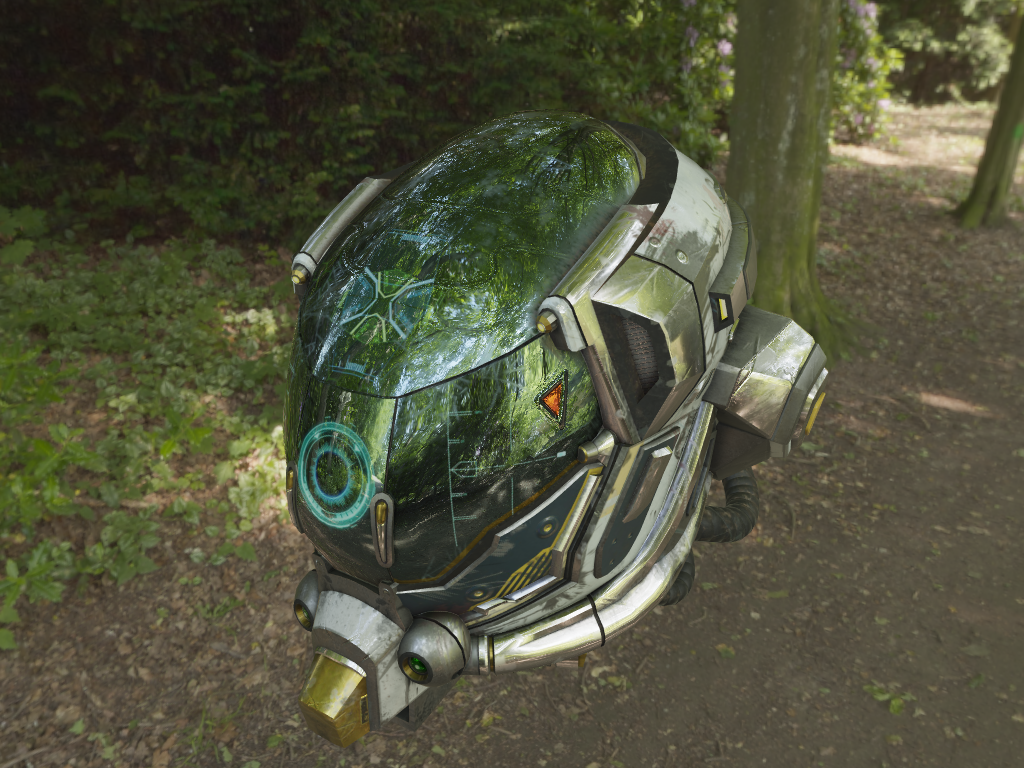 |
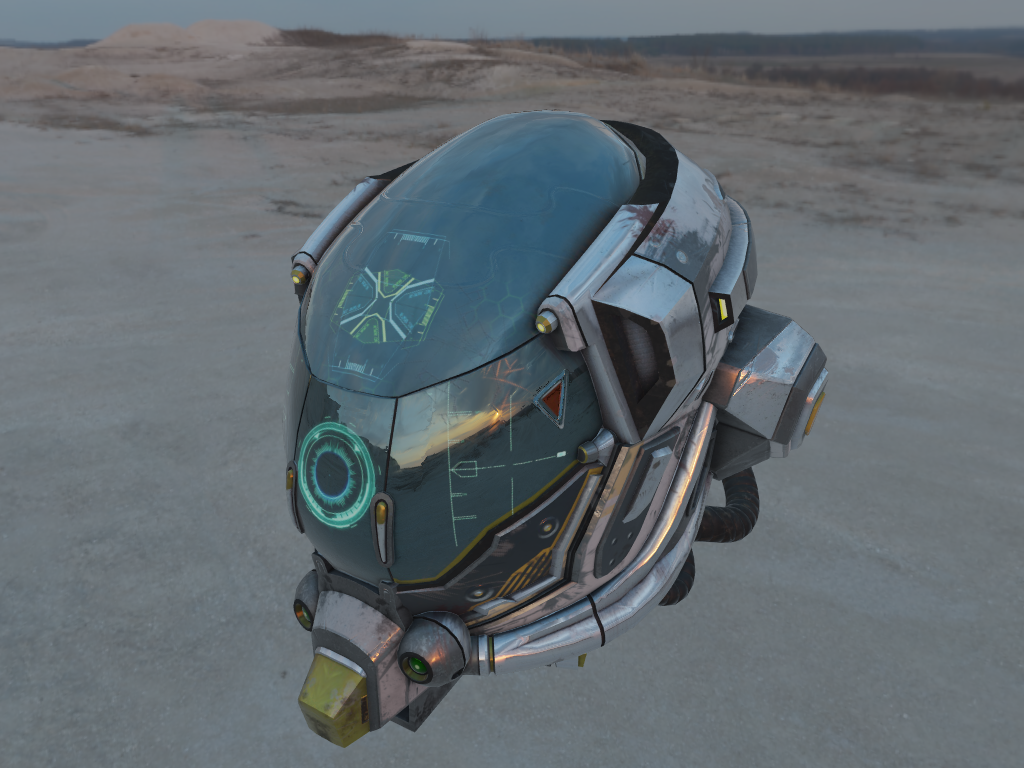 |
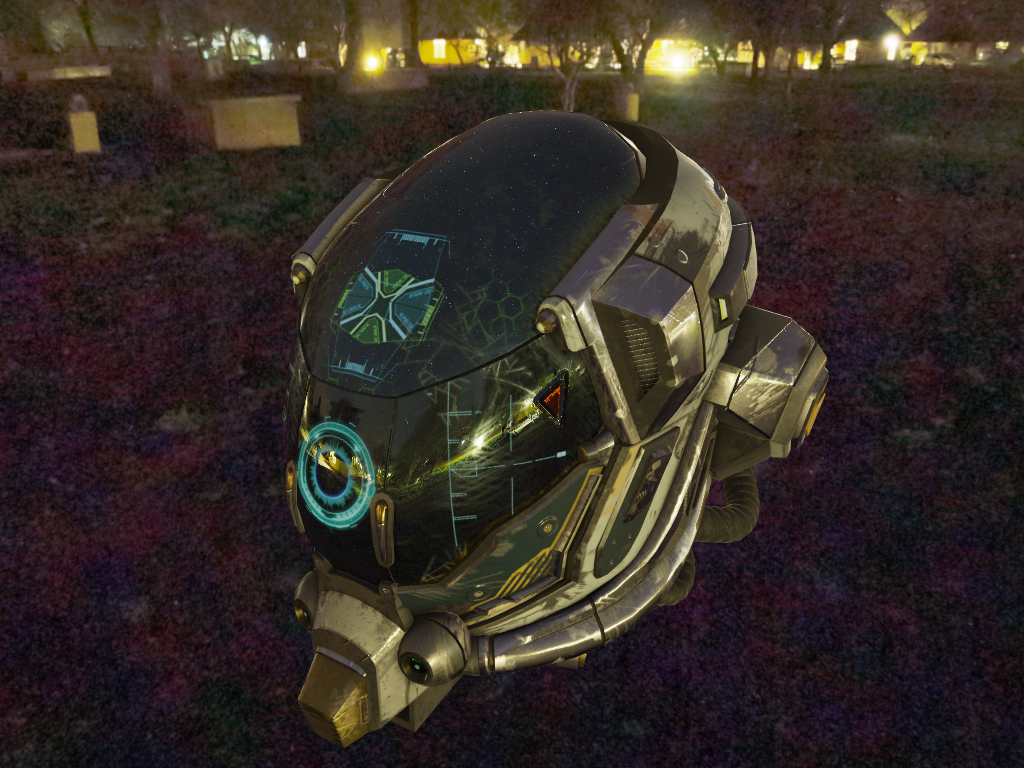 |
|---|---|---|
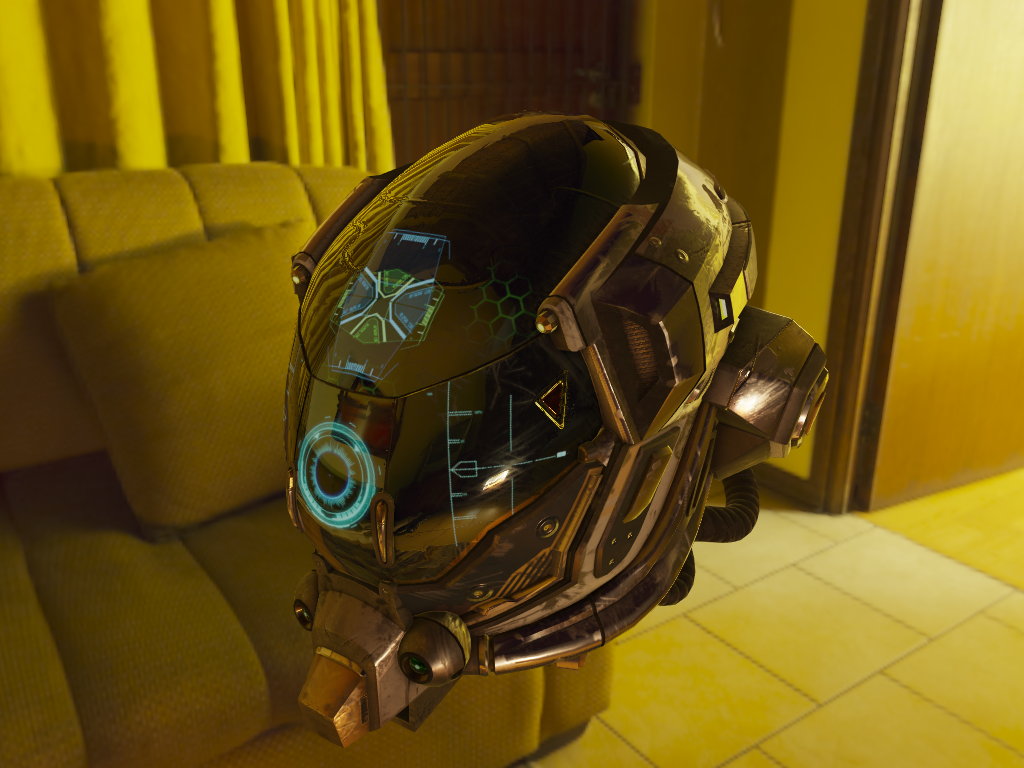 |
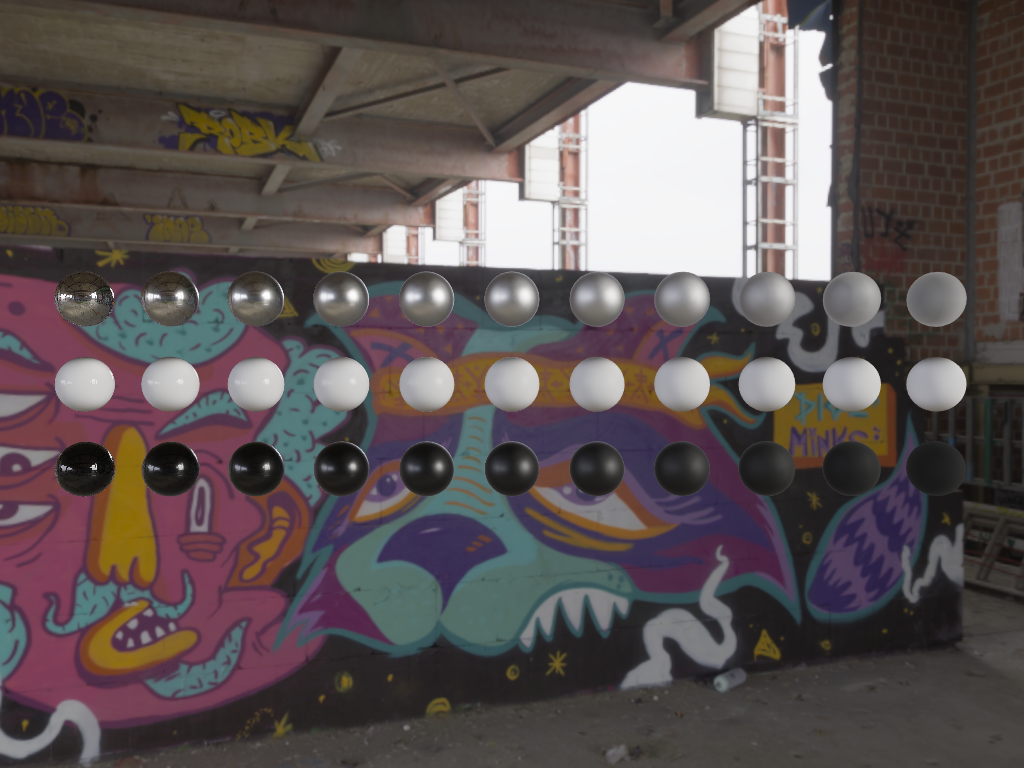 |
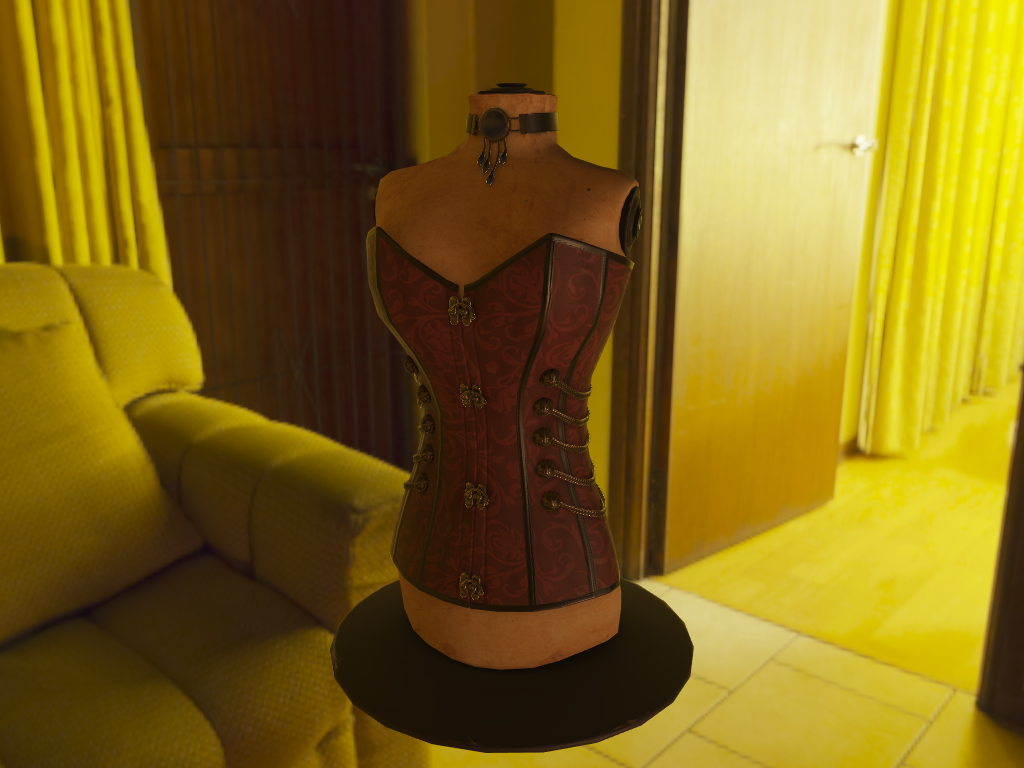 |
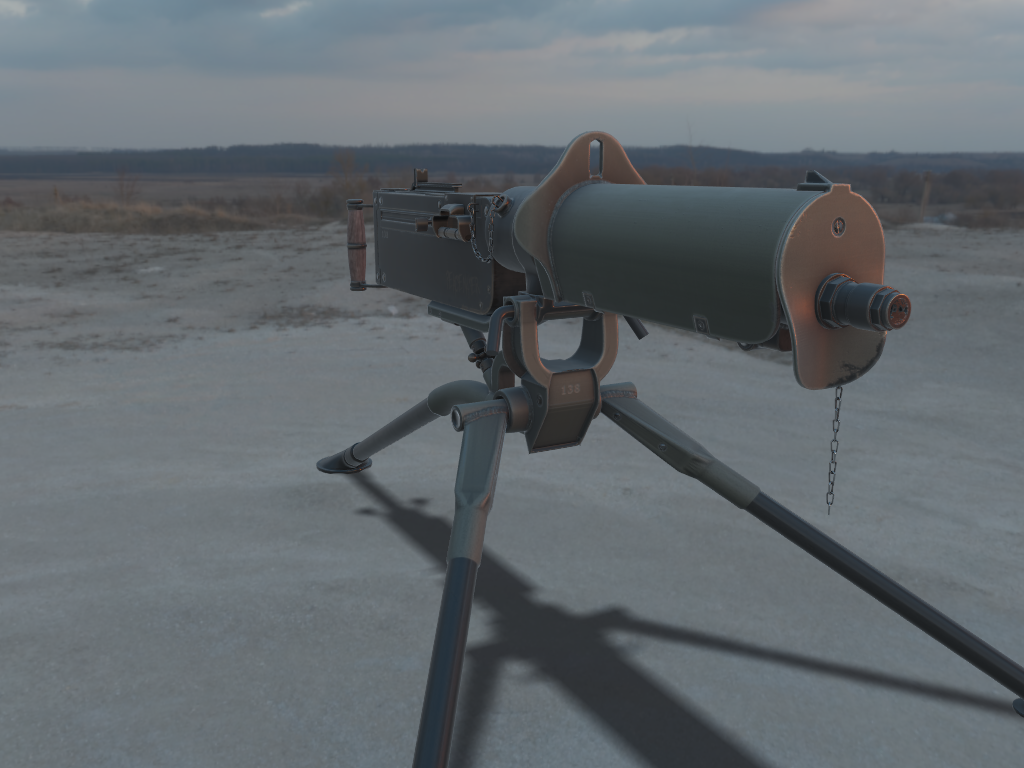 |
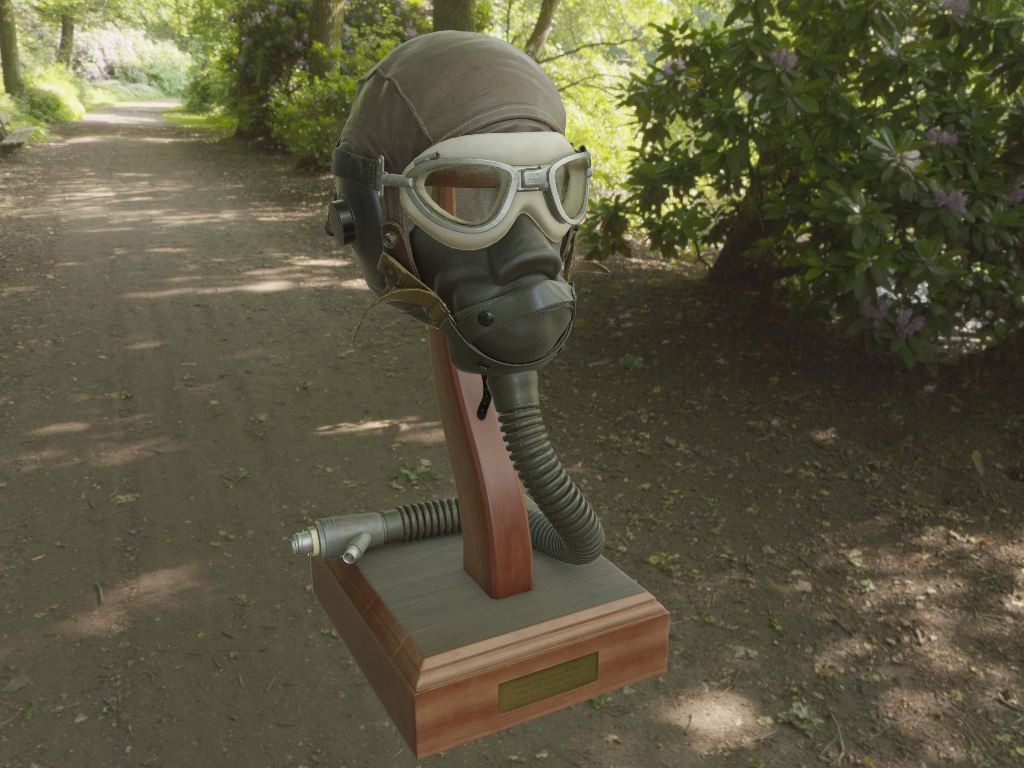 |
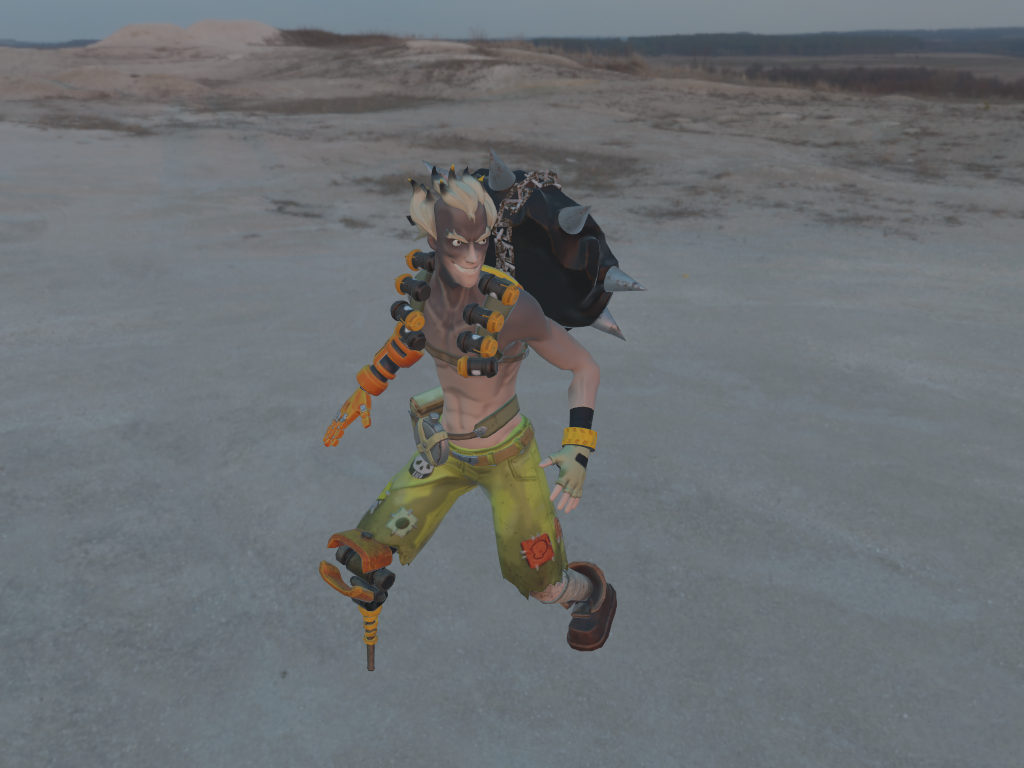 |
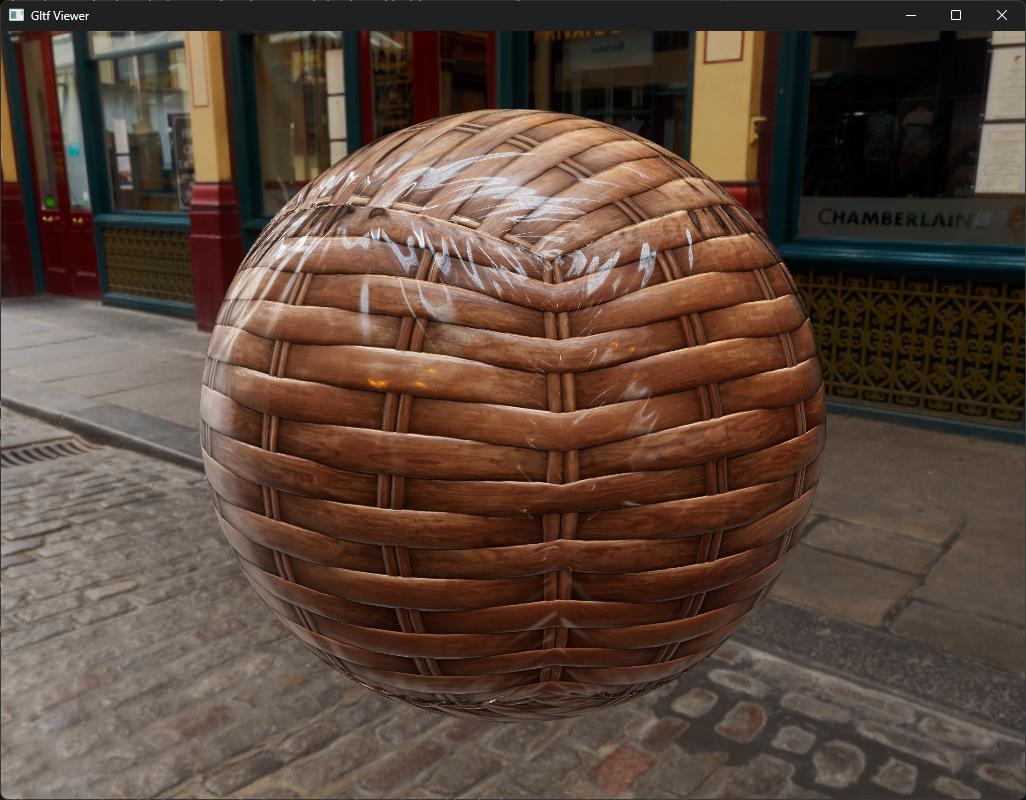 |
